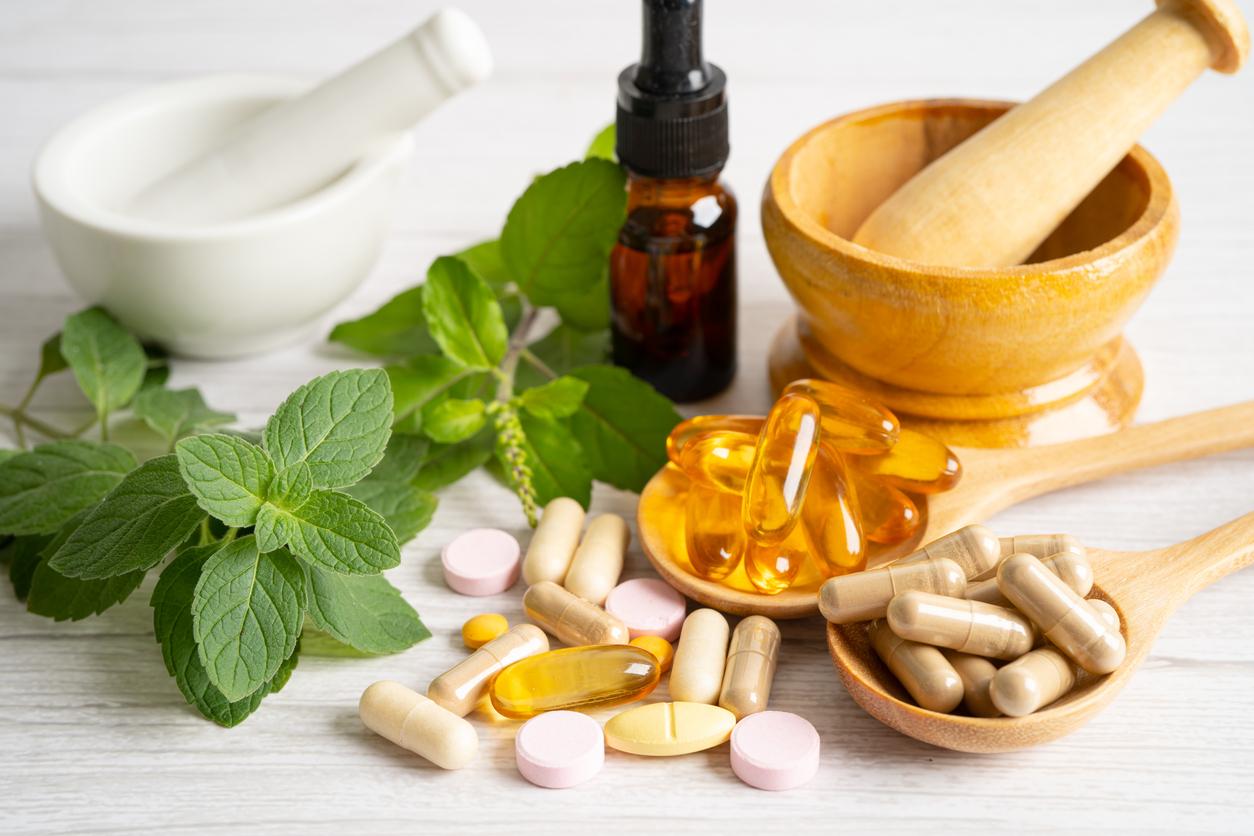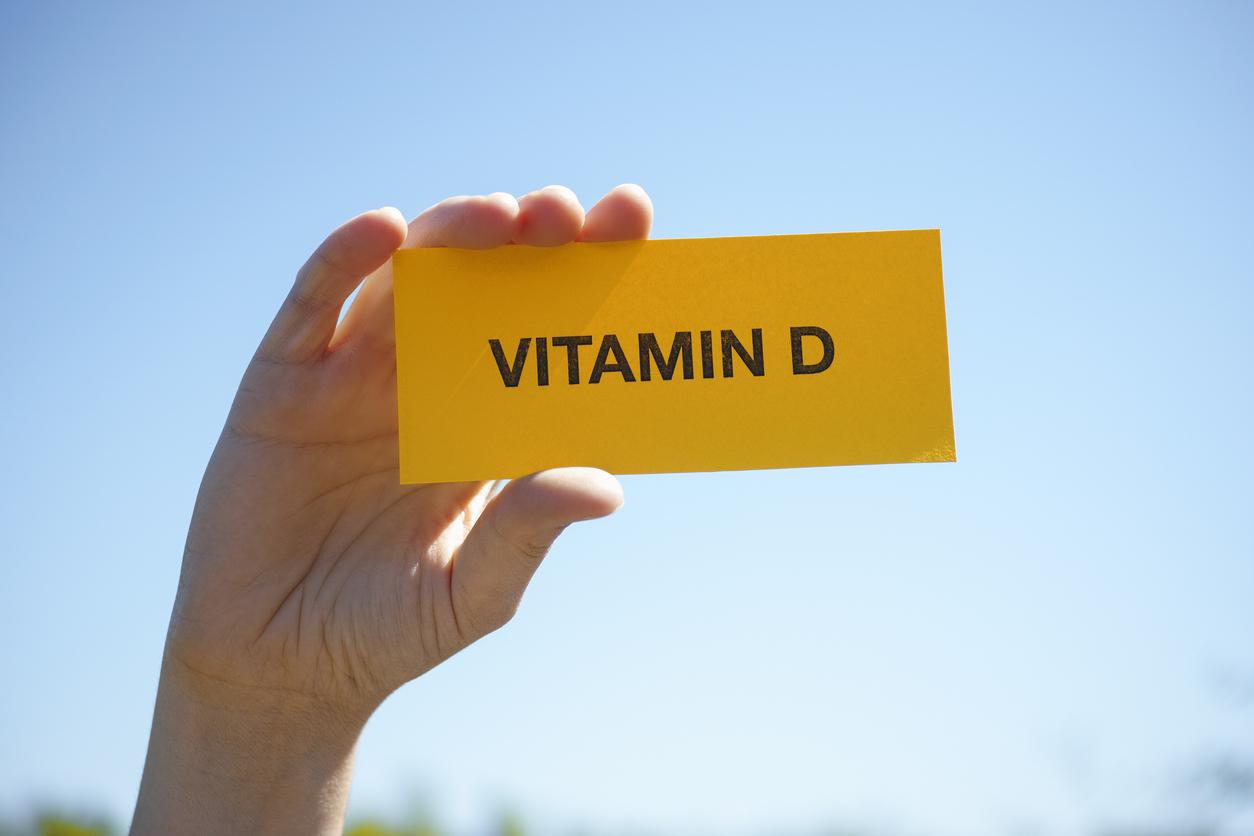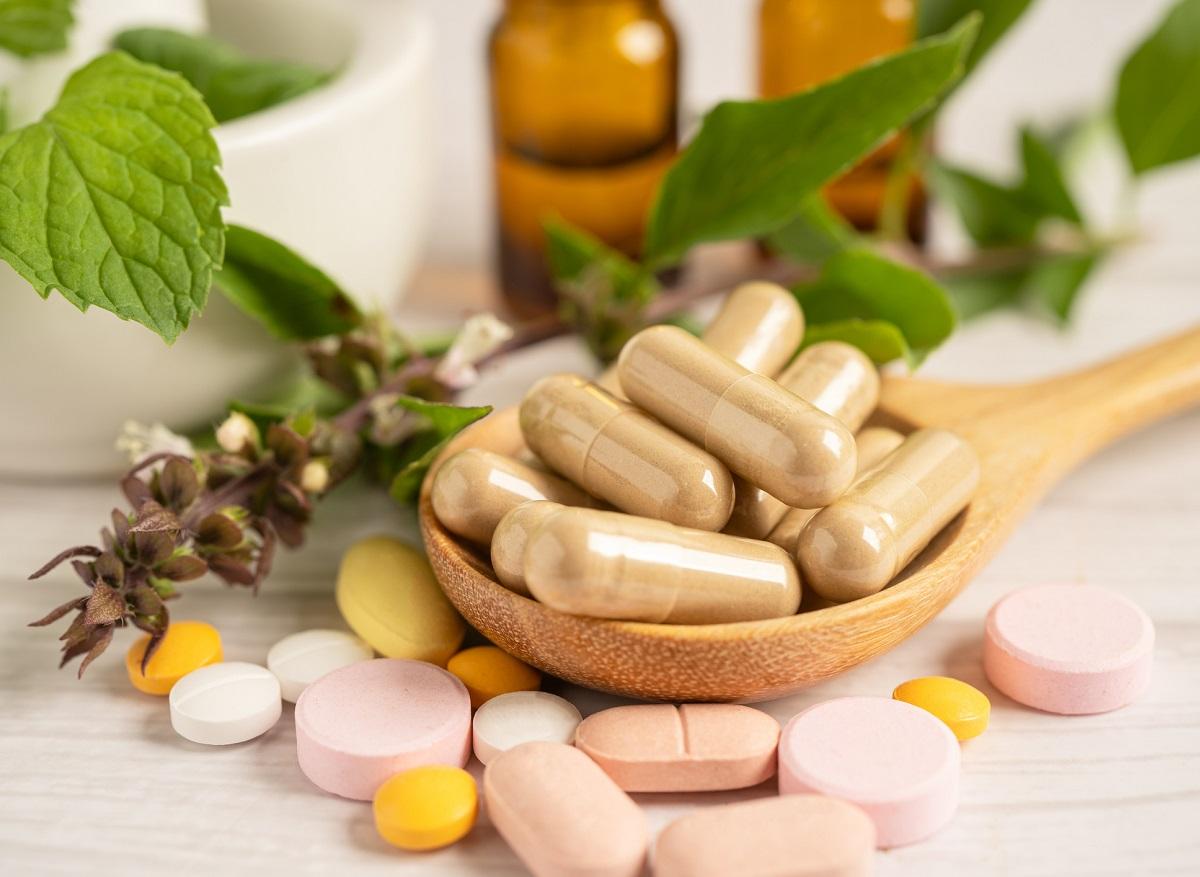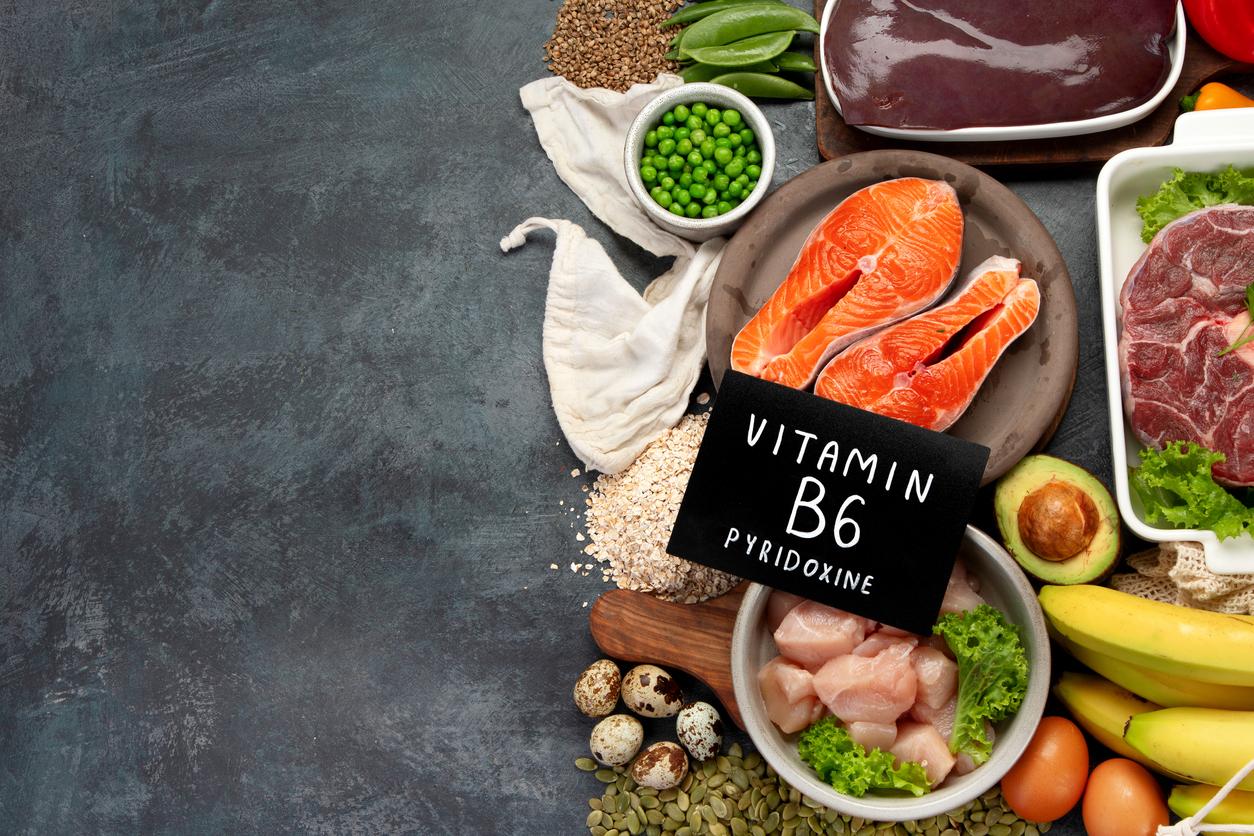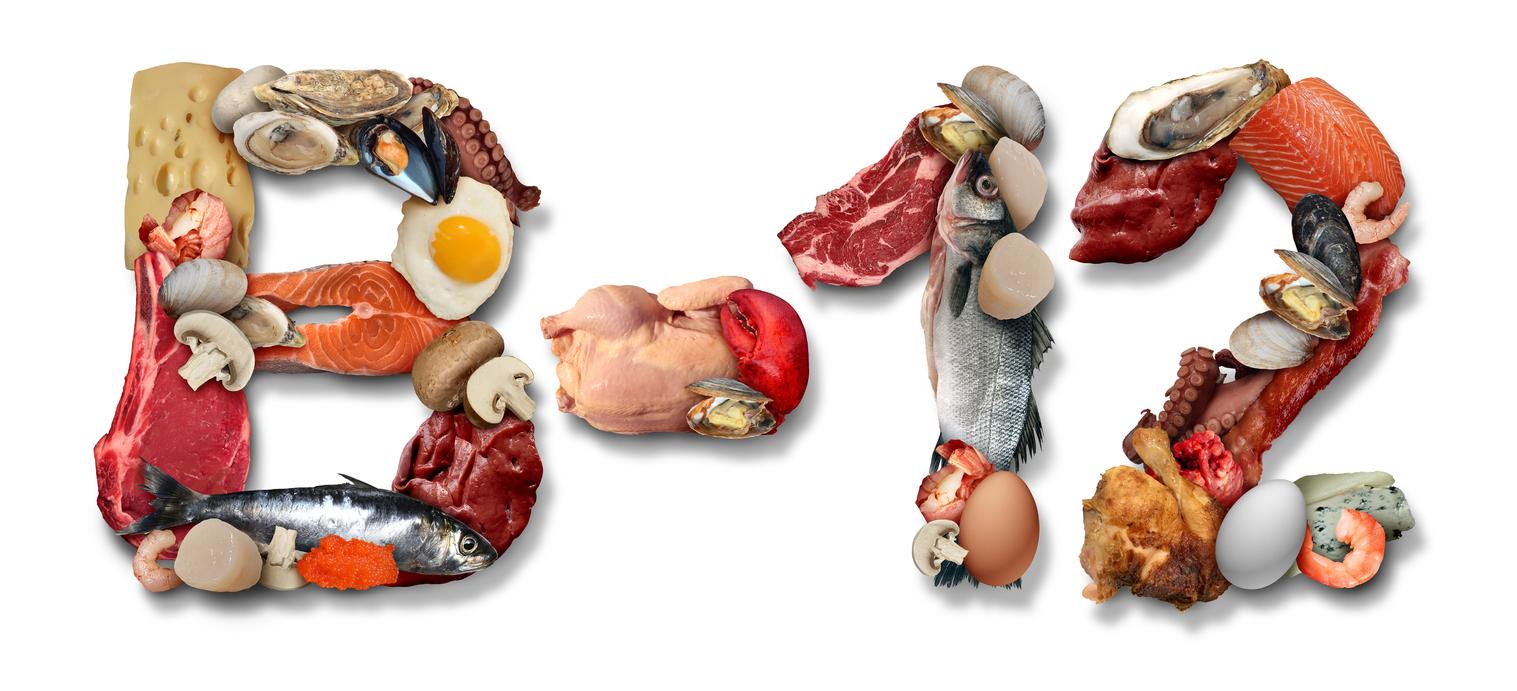Swiss and Taiwanese scientists have developed a range of rice with increased vitamin B1 content.
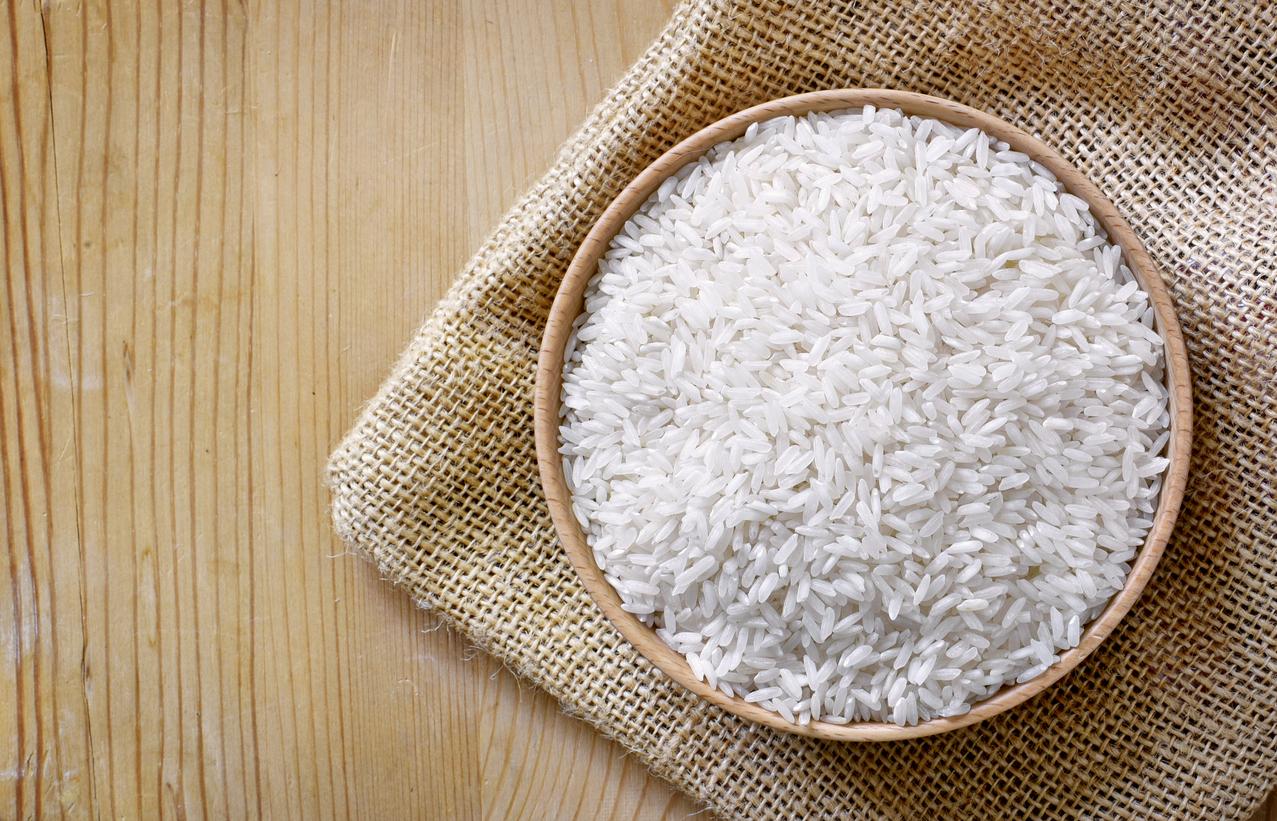
- A rice-based diet is frequently associated with vitamin B1 or thiamine deficiency.
- By specifically targeting the nourishing tissues of the rice grain, researchers have succeeded in increasing the vitamin B1 content in this food by 3 to 4 times.
- This modification had no impact on performance.
It is essential for human beings. Vitamin B1, sometimes also called thiamine, is mainly involved in carbohydrate metabolism. In the event of a deficiency, one may experience various symptoms, such as damage to one or more nerves or signs of heart failure. According to the Coves, it can lead to the appearance of beriberi, with neurological and cardiac manifestations. To reduce the risk of vitamin B1 deficiency, this micronutrient should be ingested through certain foods, such as meat, oilseeds and whole grain products.
Dietary deficiency: rice whose vitamin B1 content has been multiplied by 3 to 4
“Thiamin insufficiency is a major public health problem in Asian countries, for example in Cambodia, 27 to 100% of infants and women suffer from it and accounts for up to 45% of deaths in children under 5 Rice is a staple food for half the world’s population, but the seeds have a low vitamin B1 content, and polishing (i.e. removing layers of bran, by grating them. peripheral layers) further aggravates chronic deficiencies since up to 90% of the thiamine content is found in the removed tissues”, reported researchers from the University of Geneva (Switzerland) and the National Chung Hsing University (Taiwan).
As part of a study, published in the journal Plant Biotechnology Journal, they thus decided to specifically target the increase in the vitamin B1 content in the endosperm of rice, that is to say the nourishing tissue which constitutes the bulk of the seed, and therefore of what is consumed . This allowed them to generate rice lines that express a vitamin B1 sequestering gene in a controlled manner in endosperm tissues. After growing in a greenhouse, harvesting and polishing the grains, the authors found that the vitamin B1 content was increased by 3 to 4 times in rice from these modified lines. In detail, a 300 gram bowl of rice from this crop provides approximately a third of the recommended daily intake of thiamine for an adult.
No impact on performance
For another experiment, the team sowed the lines in a field in Taiwan and grew them for several years. According to her, biofortified rice has not compromised agronomic yield. More precisely, the height of the plants, the number of stems per plant, the weight of the grains and even the fertility were comparable. “Most research of this type is carried out with crops grown in greenhouses. The fact that we were able to cultivate our lines in real field conditions, that the expression of the modified gene is stable over time without any of the agronomic characteristics are not affected, is very promising”, said Wilhelm Gruissemco-author of the study.









